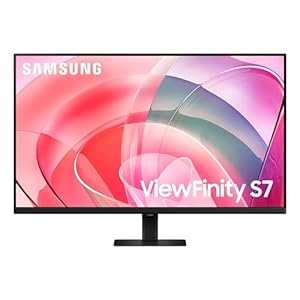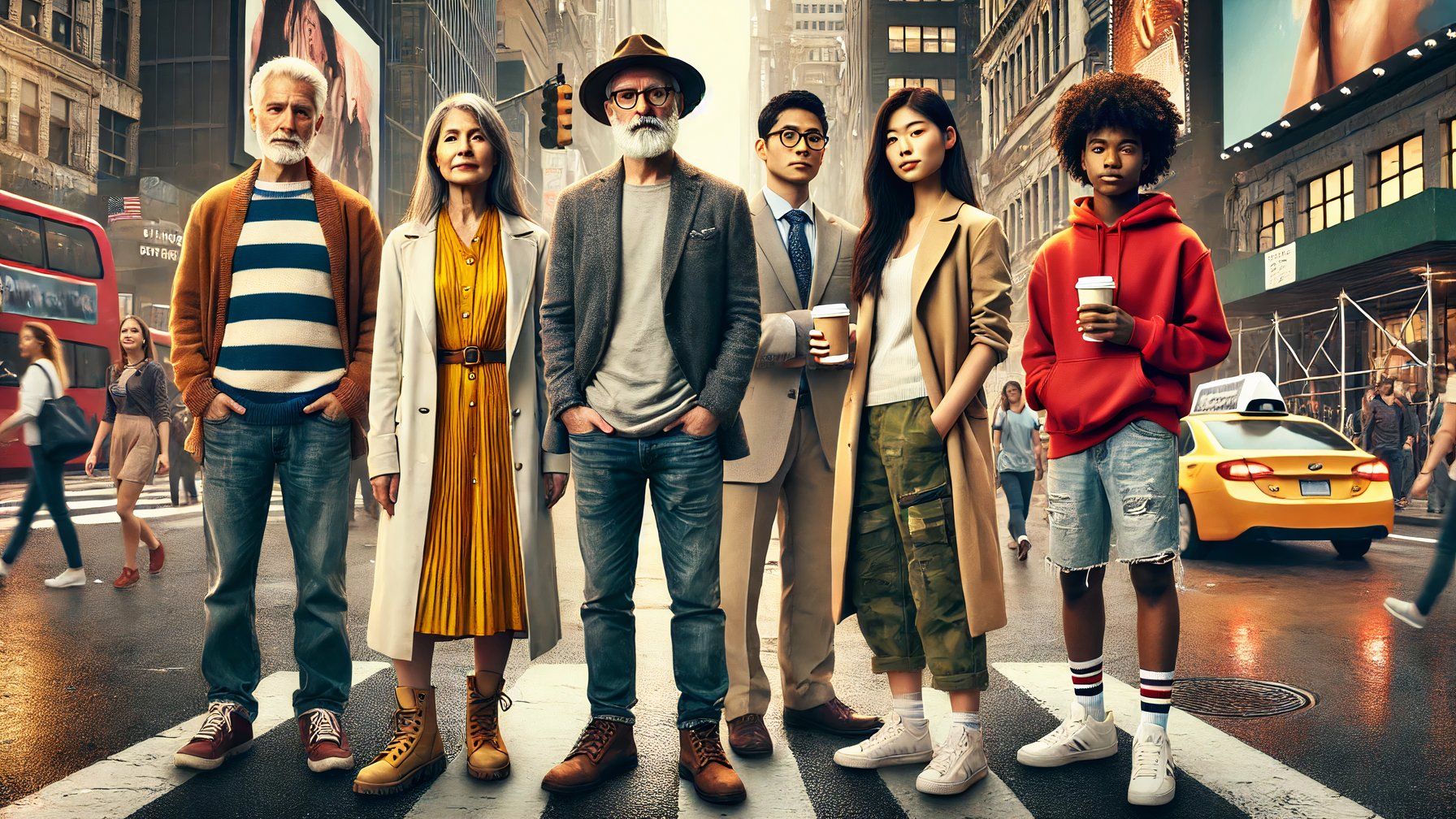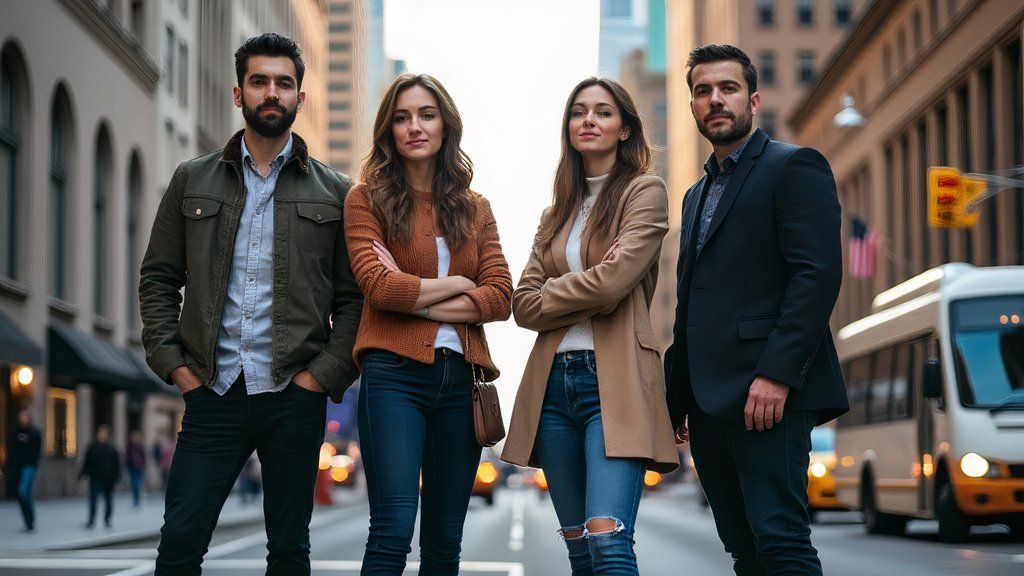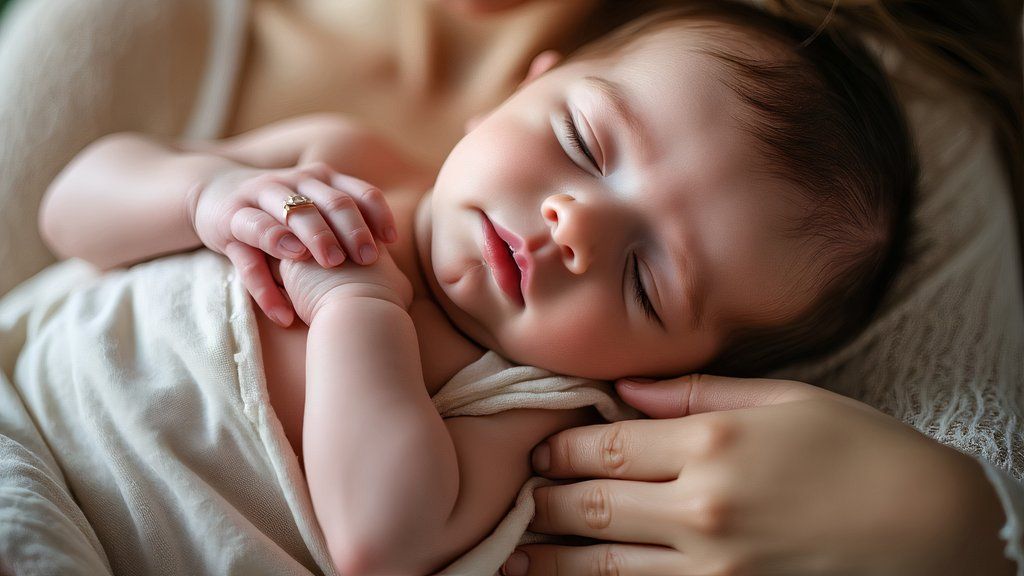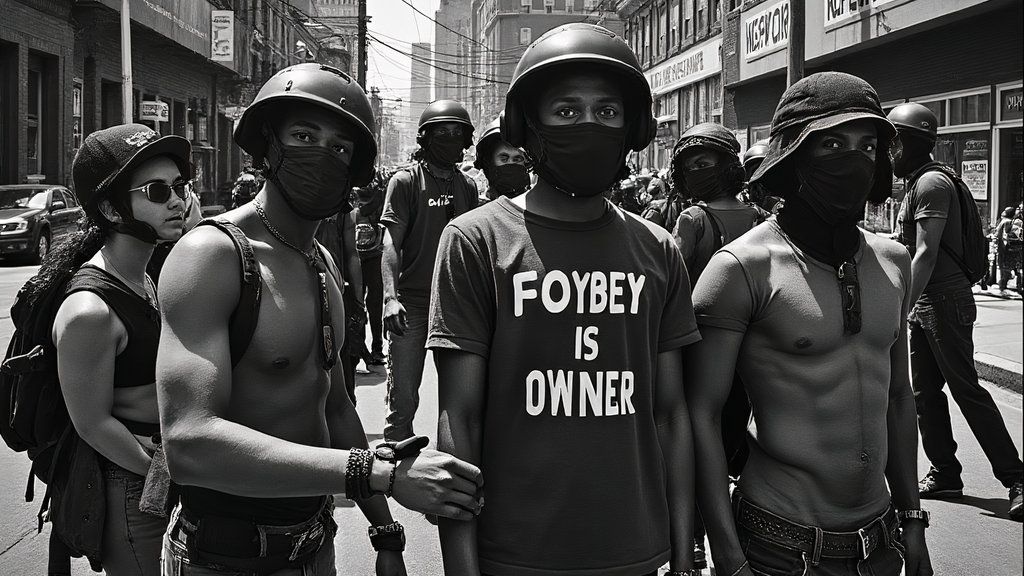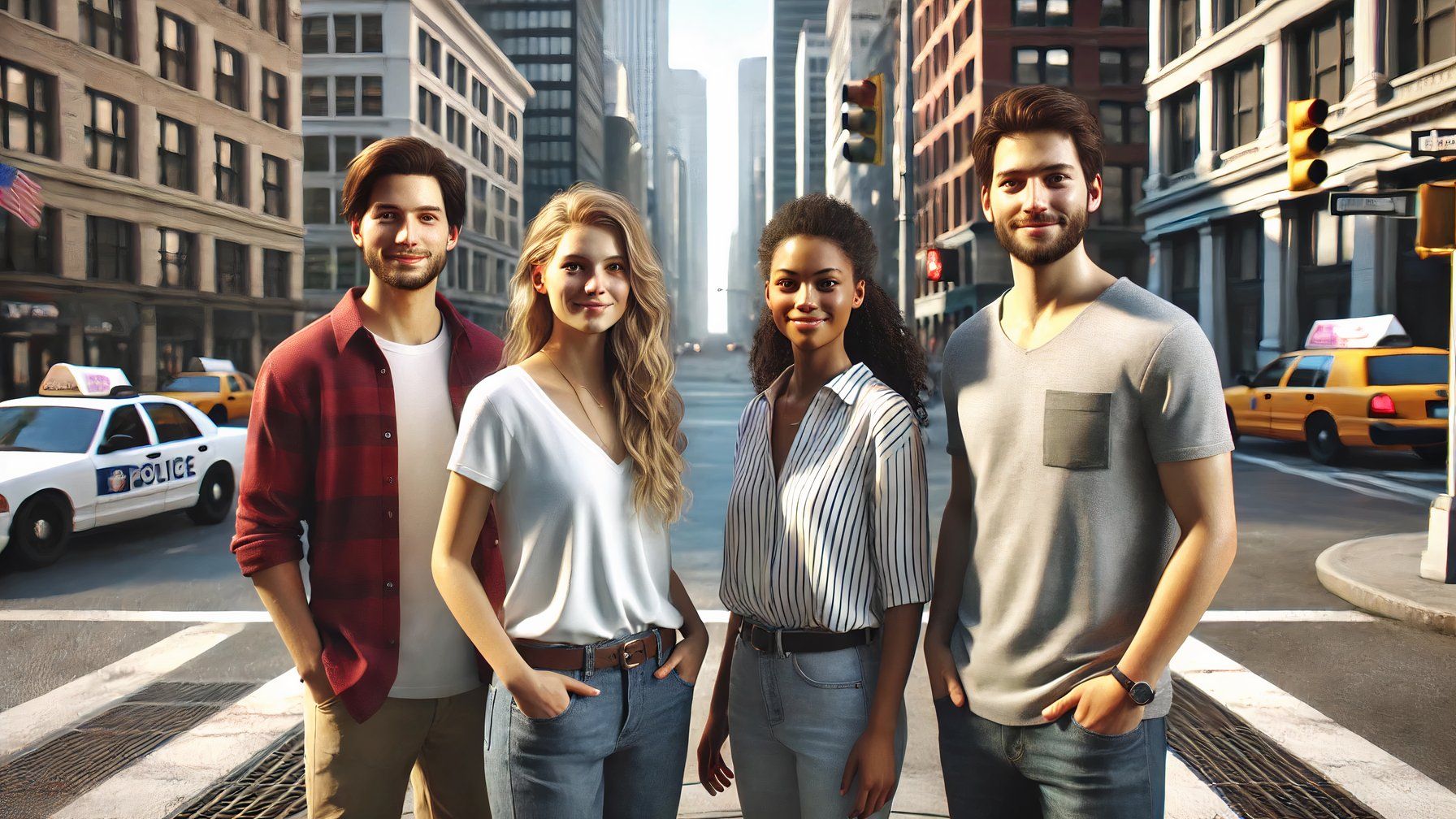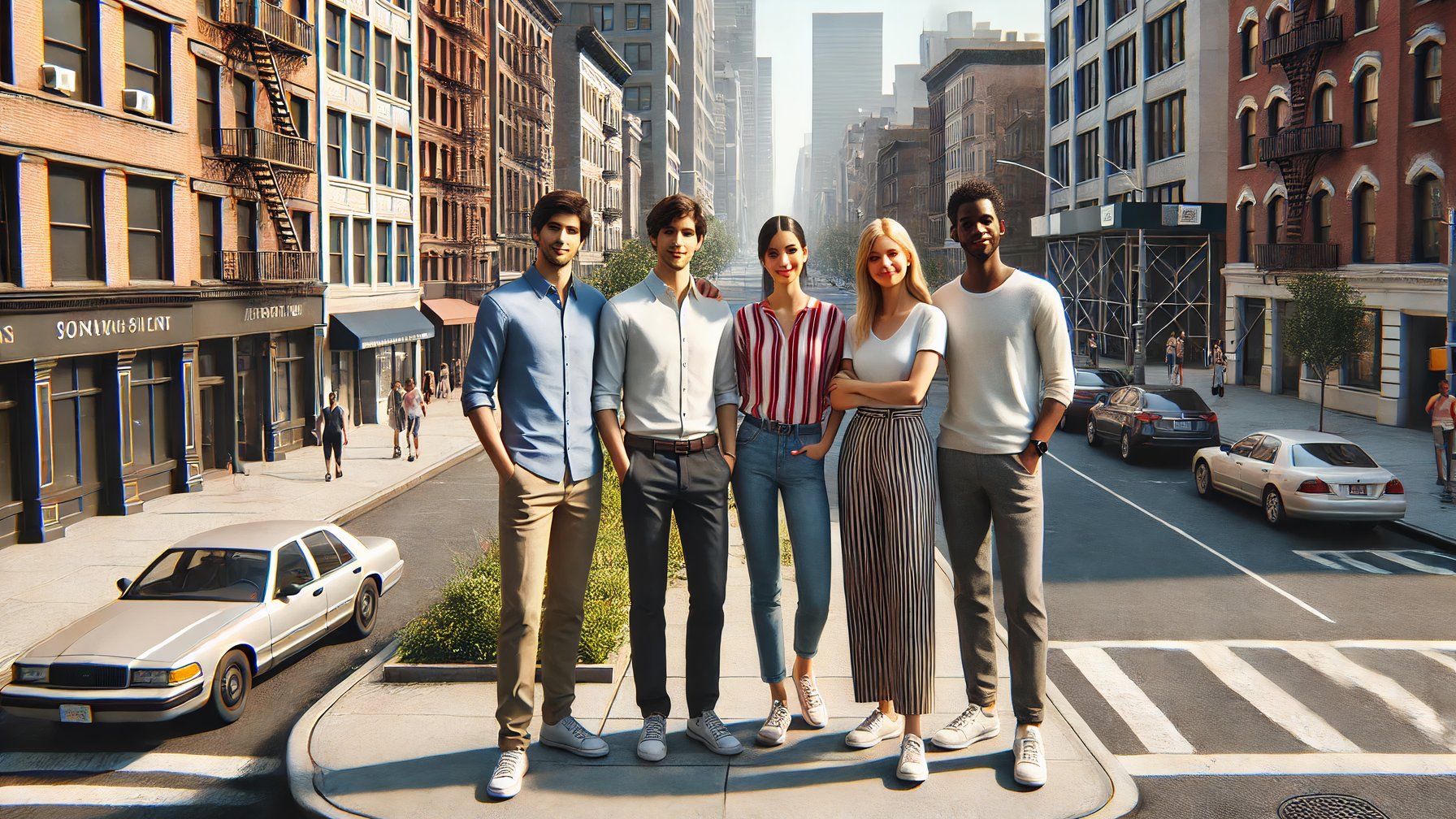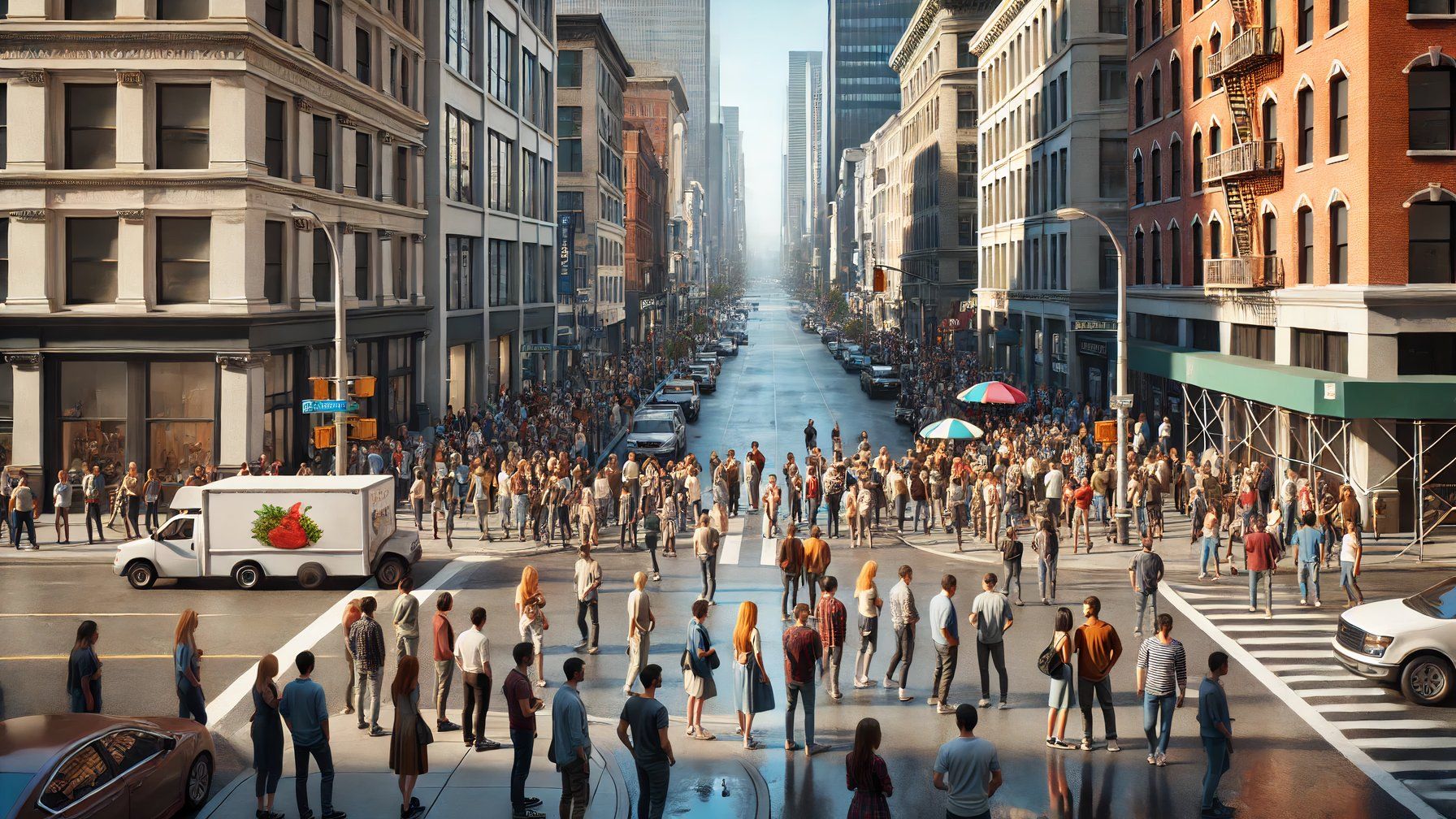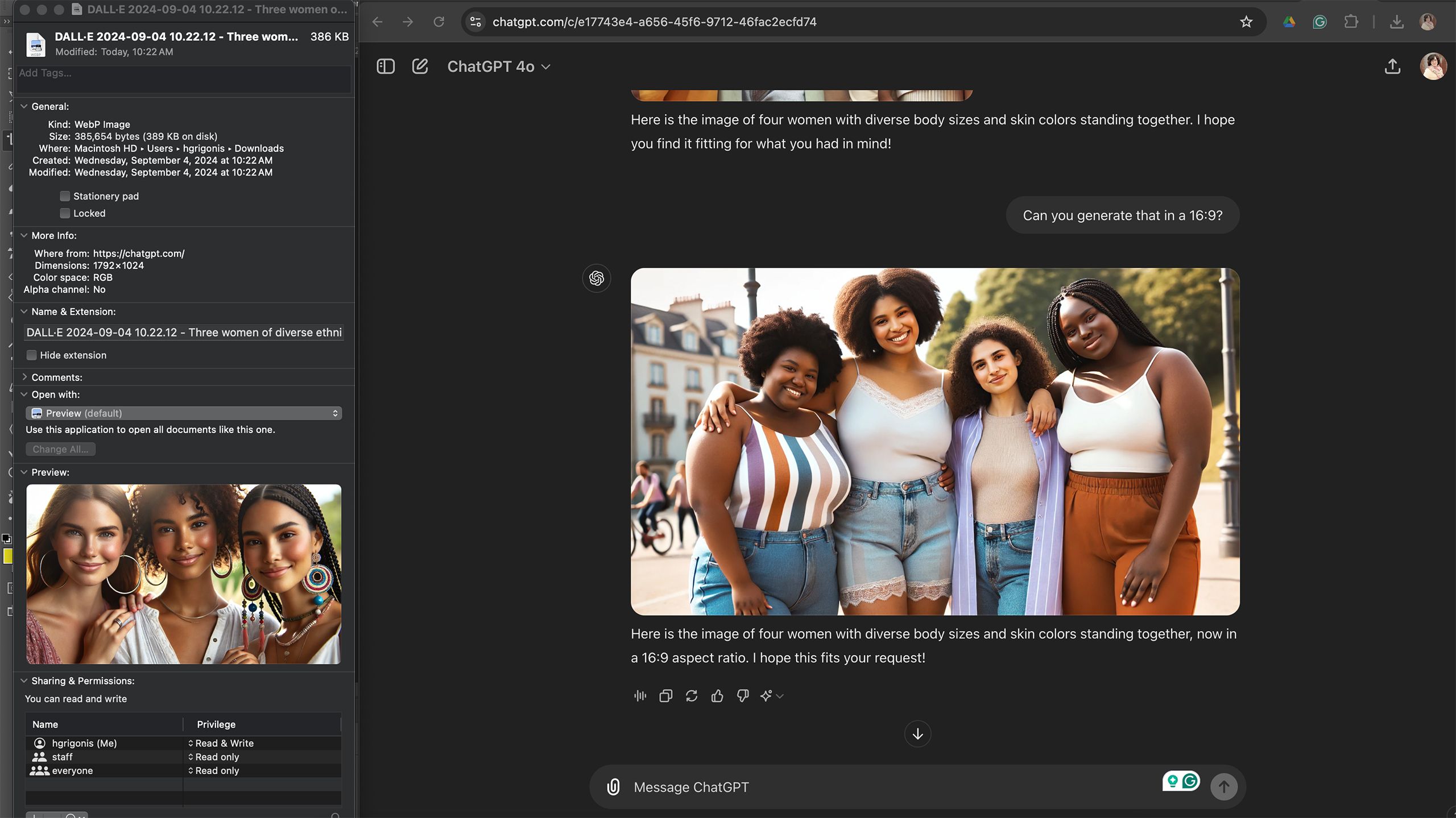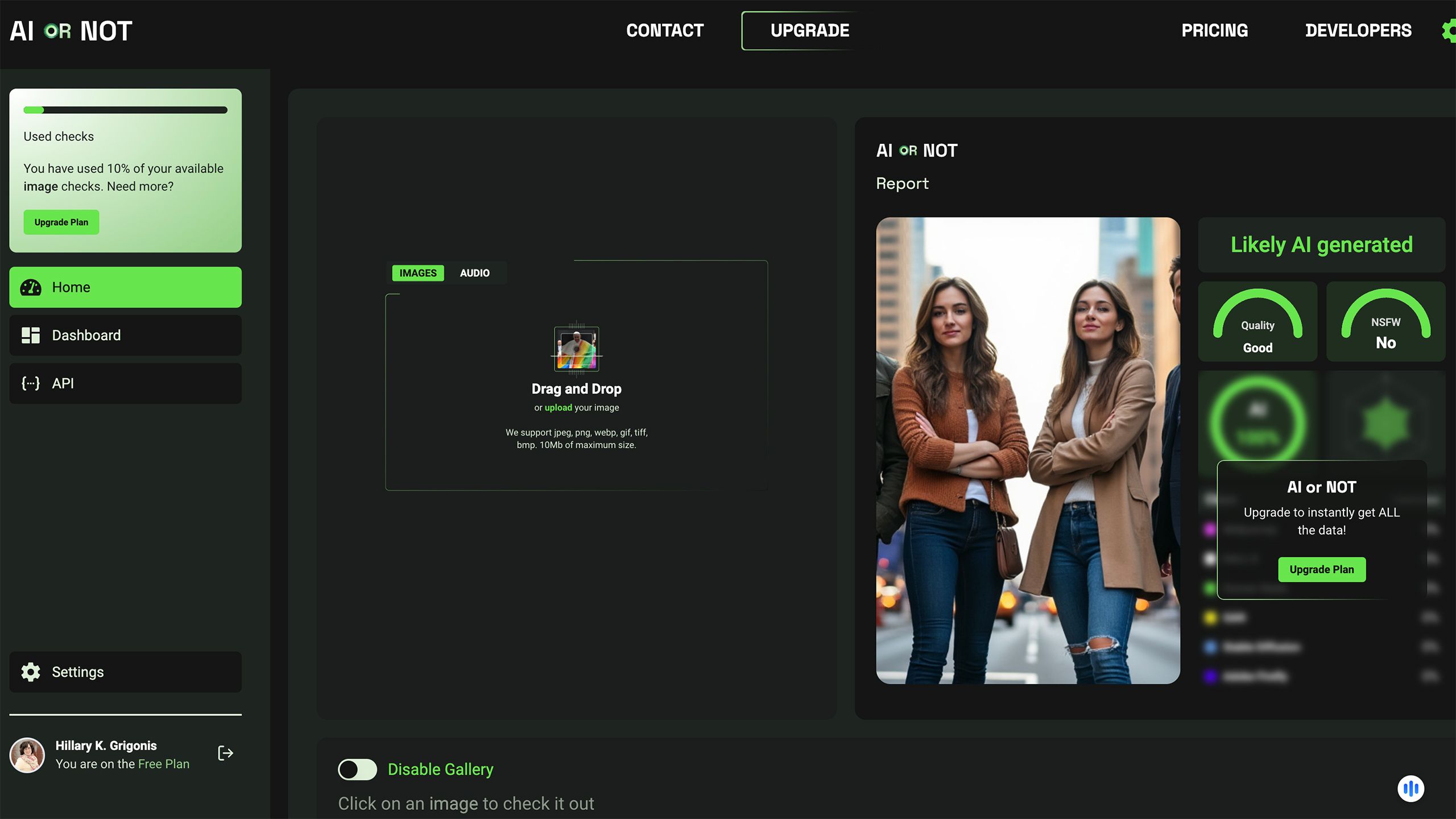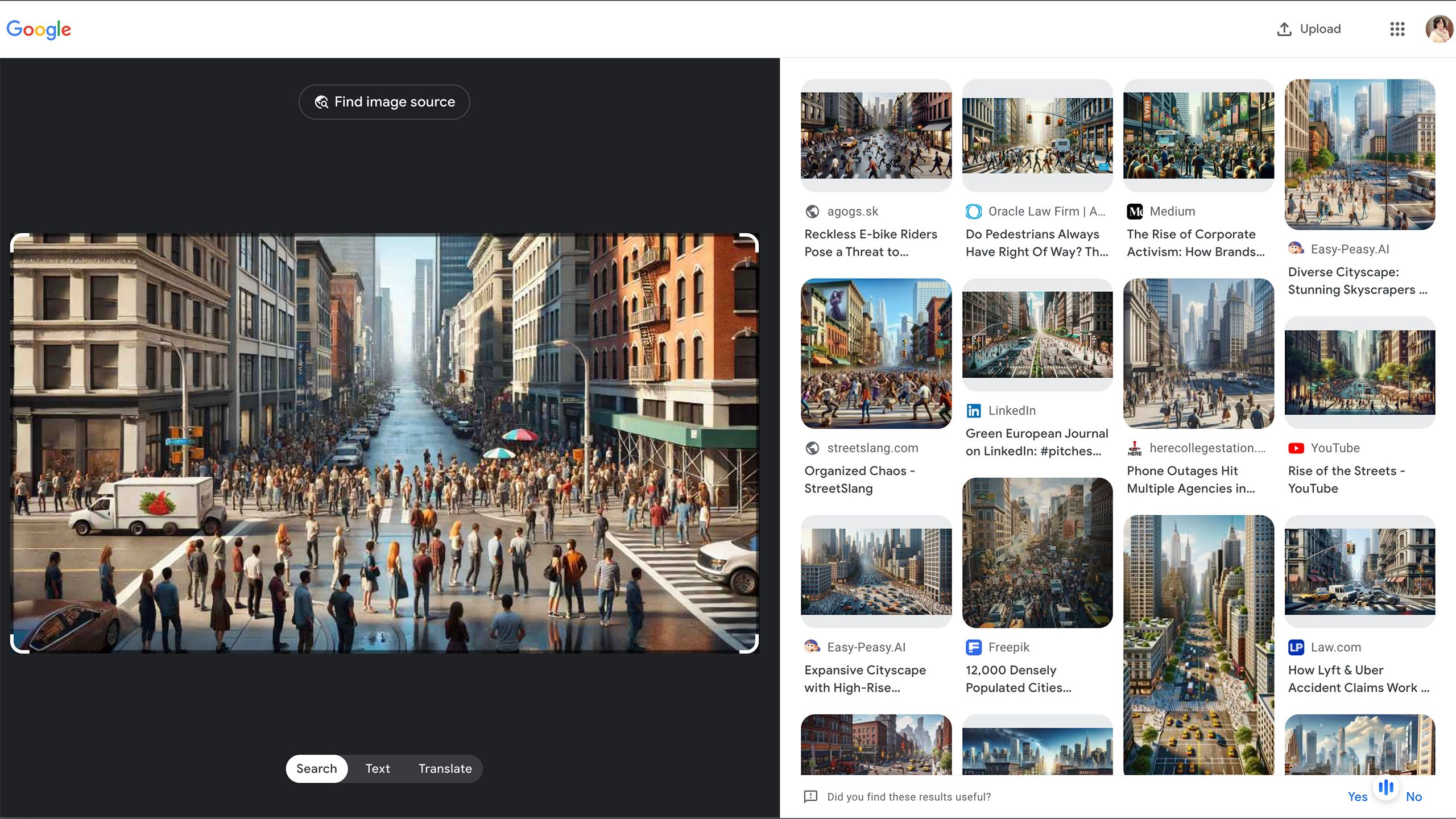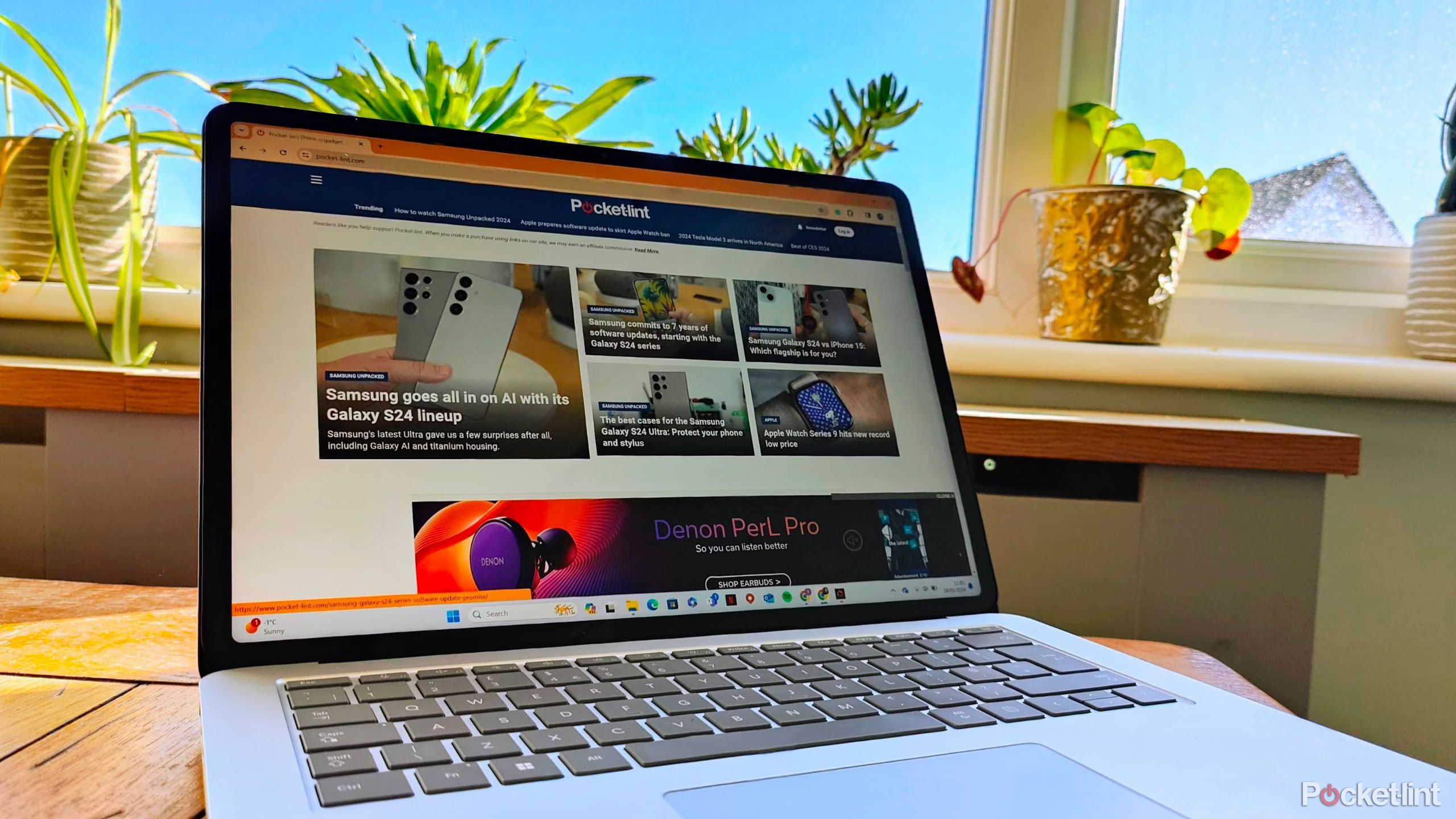Key Takeaways
- Spot AI-generated photos by checking for unusual fingers, lacking textual content, lack of texture, background oddities, vogue inconsistencies, and general perfection.
- Confirm a picture’s authenticity by checking the metadata for digicam information or utilizing AI-detection software program.
- Conduct a reverse picture search to see if a picture already exists on-line and contemplate the credibility of the supply sharing the picture.
Images have had the potential to be manipulated because the darkroom ages, however AI offers anybody the technical expertise to control a picture or generate one from a clean canvas. The primary AI-generation software program produced graphics that have been extra laugh-worthy than practical, however as know-how advances, figuring out what’s actual and what’s not now not as straightforward as a fast look. The identical software program that impresses contained in the Pixel 9 Reimagine and X’s Grok concurrently creates a concern that a lot of the content material we see could quickly be extra synthetic than actual.
For instance, check out these two photos under. Are you able to inform which is AI-generated?
Grok
The reply? Each of the pictures above have been generated by AI. As that train demonstrates and recent research suggests, photos ought to be approached with the understanding that what you see is probably not actuality. As generative know-how edges nearer to the look of an actual {photograph}, growing an eye fixed for what’s actual and what’s not is an crucial ability for anybody browsing the web. As somebody who looka at AI photos every single day, this is methods to inform if a picture is AI-generated.
1 Search for unusual fingers
Generally is a hands-dwon giveaway
Grok
As AI know-how steadily improves, the generations have fewer tell-tale indicators that giveaway the content material’s origination. However, whereas many AI platforms are enhancing, there are nonetheless just a few indicators to search for.
The shortage of a typical AI flaw doesn’t suggest that you would be able to say with one hundred pc certainty that the picture is actual. For instance, many AI packages appear to know that they cannot produce fingers very effectively and can are likely to create photos of individuals with their palms of their pockets or folded out of view.
In search of proof of AI within the picture itself is an effective first step to figuring out the authenticity of {a photograph}.
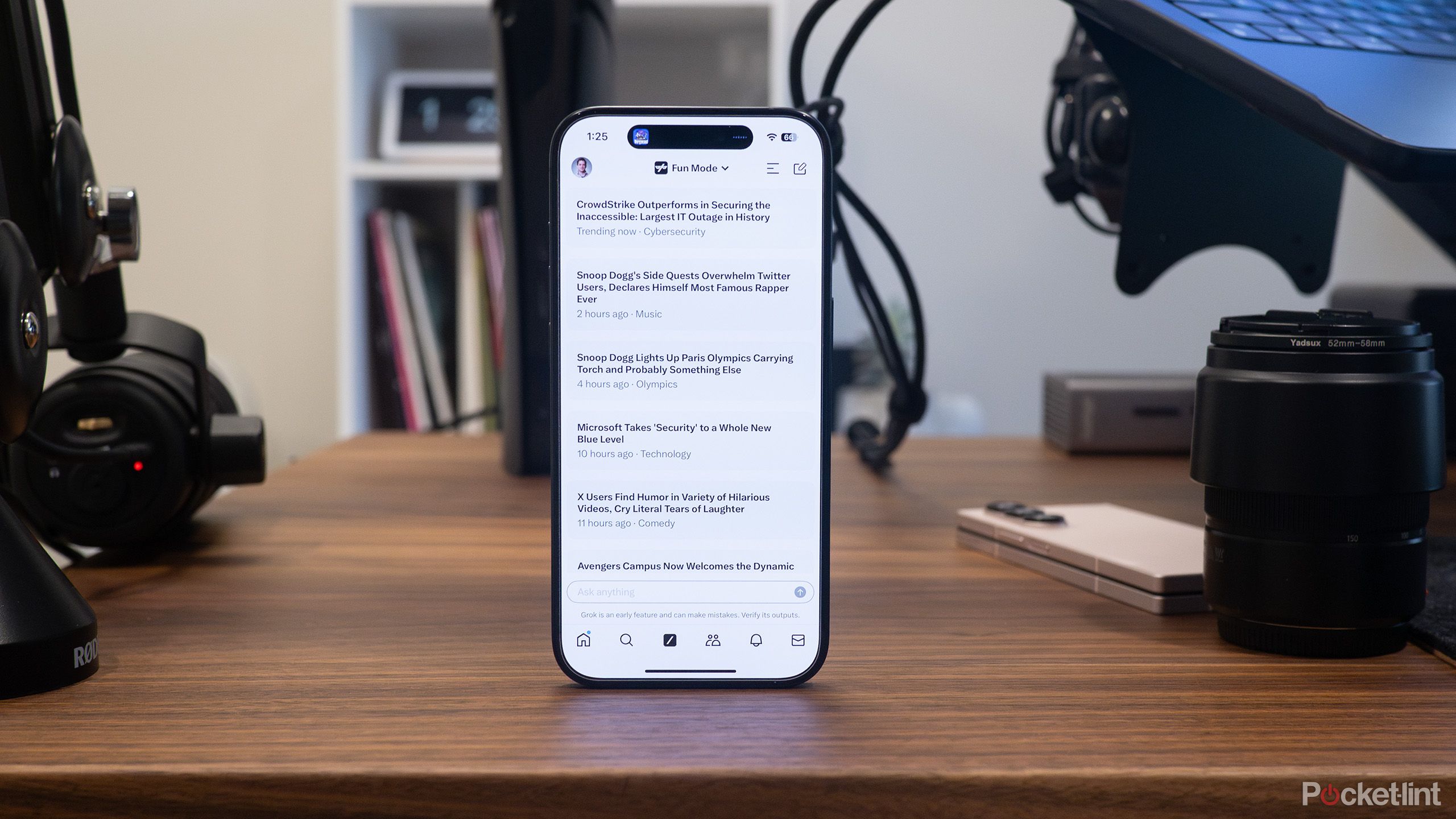
Associated
How to make AI images with Grok on X
Creating AI photos on X isn’t as easy as different AI picture technology instruments, however it may be carried out with a subscription to X Premium
Have you ever ever tried to attract a pair of palms? AI struggles at creating palms too. AI generations will generally have too-many fingers, digits jutting at an ungainly angle, or ill-defined knuckles. If the picture in query is of an individual, zooming in on the palms is an effective place to begin.
2 Lacking or illegible textual content
Do not simply skim phrases
Grok
AI has solely not too long ago gained the power to duplicate textual content inside a picture, however AI nonetheless would not excel with it. For instance, if I ask AI to create a cheerful birthday card, it would say blissful birthday, however textual content past what I advised it are usually non-letters or wildly misspelled nonsense. Zoom in on issues like graphic T-shirts, indicators, and even the keys of a laptop computer and see if the letters are literally letters.
3 Lack of texture
If it appears like there is a filter, it may very well be pretend
DALL-E
Actual pores and skin has texture and so does hair, clothes and far of the surfaces round us. An absence of texture is a significant warning signal that the picture may very well be generated by AI. This offers the much less practical generations the sensation of being extra portray than {photograph}, however probably the most practical AI turbines could require you to zoom in a little bit nearer.
An absence of texture on pores and skin may imply Photoshop or a easy Snapchat filter, however an absence of texture on something from clothes to a brick wall is an indication of AI.
Lack of texture on something from clothes to a brick wall is an indication of AI.
4 Background oddities
You may even problem AI to create messy backgrounds
DALL-E
Considered one of my favourite prompts to make use of when testing a brand new AI is to generate a picture of a messy desk. Why? The busier a picture is, the extra the software program struggles. Have a look at the busier components of the picture, together with the background, for issues that don’t make logical sense or have a cartoonish high quality.
5 Lacking symmetry and vogue snaffus
Little particulars could be a huge trace
ChatGPT
AI would not all the time perceive physics or cultural requirements the way in which a painter would, leading to photos that ought to be symmetrical however aren’t and vogue statements that do not fairly make sense. For instance, within the picture above, the 2 girls on the precise have earrings that do not fairly match the opposite ear. When you zoom in, you will additionally see the a part of the center girl’s necklace is lacking. AI also can make nonsensical clothes, corresponding to shirts which can be oddly tucked, clothes with too many collars or zippers, or perhaps a shirtless man that in some way nonetheless has sleeves.
6 An general feeling of being too good
A New York Metropolis avenue shouldn’t be that clear
ChatGPT
Generative AI is educated on a big library of photos, however like the pictures in most magazines, many of those coaching photos have a bias in direction of the trendy definition of magnificence. Whereas some software program is healthier at creating a various vary of individuals than others, usually, the individuals generated by AI are likely to seem like fashions. An AI is extra prone to generate a crowd that appears like everybody may very well be a mannequin the place an actual picture of a crowd, for instance, can have a various vary of physique varieties and pores and skin coloration.
The info is within the particulars
Metadata is hidden data that gives particulars on {a photograph}’s origins. The metadata on an actual {photograph} will usually embrace particulars on the digicam used to seize it and may even comprise copyright information and the photographer’s title. Taking a look at this embedded data usually provides extra perception on the place a picture comes from.
Most units have already got software program able to studying the metadata. On a Mac, right-click on a photograph inside Finder and click on on Get Data. On a PC, proper click on and choose Properties, then click on on the Particulars tab.
Cell units help you learn metadata as effectively. On an iPhone, tapping the “i” icon when viewing a picture in Images brings up this data. On Android, open Google Images, choose the picture, faucet the “…” menu, then faucet Particulars.
When you see a digicam title within the metadata, the chances improve that the picture is actual. AI-generated photographs will usually have this data clean, whereas the extra moral AI software program will even record this system’’ title contained in the metadata
Metadata is not foolproof, nevertheless.
Metadata is not foolproof, nevertheless. You may strip the metadata from an actual picture, for instance, and a picture that lists a digicam within the metadata nonetheless could have been altered in Photoshop. Photos uploaded to platforms like Fb may have stripped metadata, even when they’re actual pictures. However, it is a good instrument in gaining perception into how a picture was created.
8 Use AI-detection software program
Combat AI with AI
A key to the upcoming conflict on software-generated content material is the power to battle AI with AI. Numerous instruments use AI to find out if a picture (and even written content material) was generated by AI. Utilizing AI to detect AI is not good — for instance, I added a picture that I generated in Grok to at least one and was advised it was an actual {photograph}. However, the perfect detection choices on the market have a excessive success price of figuring out if a picture is AI or not.
One of many extra handy AI detection software program is to make use of a Chrome plug-in. For instance, I take advantage of the Hive AI Detector Chrome plug-in. Once I wish to know if a picture was AI generated, I merely left click on on Hive AI Detector, with out the necessity to obtain the picture.
Different packages embrace AI or Not or Is It AI, accessible from an internet browser, or cell apps like GPT Detector and AI Detector.
9 Conduct a reverse picture search
The “Find Supply” button is a game-changer
The reverse picture search has lengthy been a instrument to help in figuring out if a picture is pretend information or not. Whereas the instrument works higher for recognizing doctored photos, its use extends to AI as effectively. Utilizing the reverse picture search will let you know if the picture already exists on the net by looking for the supply or exhibiting comparable photos.
To make use of a Google reverse picture search, open Google in an internet browser, then click on on the digicam icon within the search bar as an alternative of typing in textual content. Add your picture, then look by the outcomes for comparable photos or click on the “Find Supply” button.
10 Contemplate the supply
Who — and what — is behind the picture?
Like with figuring out whether or not one thing is pretend information, take a look at the particular person or group who shared the picture. Keep away from trusting photos from blogs and unknown publications. Test for issues like misspelled account names or URLs to ensure the account is not making an attempt to fake to be a respectable supply. And when the content material actually issues, corresponding to within the case of constructing knowledgeable political choices, use trusted journalism retailers that do not fall too far on the left or proper on the media bias chart.
Trending Merchandise

SAMSUNG FT45 Sequence 24-Inch FHD 1080p Laptop Monitor, 75Hz, IPS Panel, HDMI, DisplayPort, USB Hub, Peak Adjustable Stand, 3 Yr WRNTY (LF24T454FQNXGO),Black

KEDIERS ATX PC Case,6 PWM ARGB Fans Pre-Installed,360MM RAD Support,Gaming 270° Full View Tempered Glass Mid Tower Pure White ATX Computer Case,C690

ASUS RT-AX88U PRO AX6000 Twin Band WiFi 6 Router, WPA3, Parental Management, Adaptive QoS, Port Forwarding, WAN aggregation, lifetime web safety and AiMesh assist, Twin 2.5G Port

Wireless Keyboard and Mouse Combo, MARVO 2.4G Ergonomic Wireless Computer Keyboard with Phone Tablet Holder, Silent Mouse with 6 Button, Compatible with MacBook, Windows (Black)

Acer KB272 EBI 27″ IPS Full HD (1920 x 1080) Zero-Frame Gaming Office Monitor | AMD FreeSync Technology | Up to 100Hz Refresh | 1ms (VRB) | Low Blue Light | Tilt | HDMI & VGA Ports,Black

Lenovo Ideapad Laptop Touchscreen 15.6″ FHD, Intel Core i3-1215U 6-Core, 24GB RAM, 1TB SSD, Webcam, Bluetooth, Wi-Fi6, SD Card Reader, Windows 11, Grey, GM Accessories

Acer SH242Y Ebmihx 23.8″ FHD 1920×1080 Home Office Ultra-Thin IPS Computer Monitor AMD FreeSync 100Hz Zero Frame Height/Swivel/Tilt Adjustable Stand Built-in Speakers HDMI 1.4 & VGA Port

Acer SB242Y EBI 23.8″ Full HD (1920 x 1080) IPS Zero-Frame Gaming Office Monitor | AMD FreeSync Technology Ultra-Thin Stylish Design 100Hz 1ms (VRB) Low Blue Light Tilt HDMI & VGA Ports
